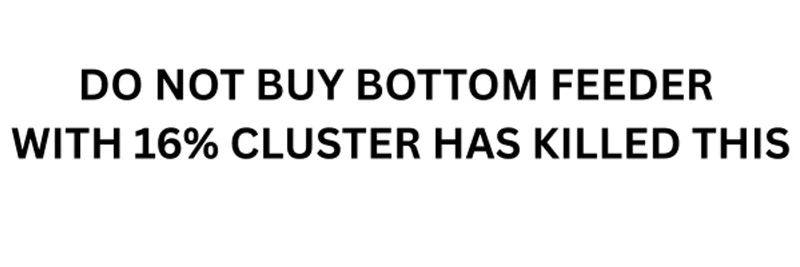In the fast-paced world of crypto trading, especially with meme tokens, there's a common mantra: "never stop clicking." But does all that frantic button-mashing actually translate to bigger profits? A recent experiment shared by trend spotter Pix on X (formerly Twitter) aims to answer just that, and the results are turning heads in the community.
Pix, who goes by @PixOnChain and works with projects like Phantom wallet and OpenledgerHQ, ran a unique study. He convinced 60 traders to install tracking software on their computers. This tool monitored their daily clicks—think refreshing charts, executing trades, scrolling through feeds—and compared it to their average profit and loss (PnL, for the uninitiated: that's your net gains or losses over time).
The data, collected over two weeks, was compiled into a table showing average clicks per day, average PnL per day, total clicks, and total PnL for each anonymized trader. While the specific usernames and exact figures are blurred for privacy, the visual bars tell a compelling story. It appears there's a notable correlation between higher click activity and better PnL outcomes, though some high-clickers still ended up in the red, highlighting that activity alone isn't a guarantee.
Pix teased the results as "insane," sparking curiosity across the crypto space. In meme token trading, where tokens can moon or rug in minutes, staying hyper-active—constantly monitoring DEXs like Solana's Raydium or Ethereum's Uniswap—could give traders an edge. But it also raises questions: Is over-clicking leading to burnout or impulsive decisions that tank portfolios?
Community reactions poured in quickly. One user, @0xteecrypt, praised Pix for anonymizing the data, calling him "goated" (that's crypto slang for greatest of all time). Others were skeptical about the setup, like @kidseeghost_sol asking how Pix got 60 traders to install tracking software. Pix clarified it was well-known tools like WhatPulse, where data stays local, easing privacy concerns.
Another reply from @_d3f4ult humorously noted the potential risks, joking that the traders might have just lost money during the experiment. And @0x_scientist wisely pointed out that correlation doesn't equal causation, but agreed it would be interesting to dive deeper.
For blockchain practitioners dipping into meme tokens, this experiment underscores a key lesson: Activity matters, but smart activity matters more. In the volatile meme market, tools like dex screeners and bots can automate some "clicks," but human intuition still plays a huge role. If you're new to this, PnL tracking apps like those integrated with wallets can help you monitor your own habits without installing extra software.
As meme tokens continue to evolve with new tech like AI-driven analytics and faster blockchains, experiments like this provide valuable insights. Whether you're a degen trader chasing the next 100x or a cautious investor, balancing activity with strategy could be the real key to success. Keep an eye on Pix for potential follow-ups— who knows what other trends he'll uncover next?
Check out the original thread on X for more details and join the conversation. What’s your take: Does more clicking equal more crypto gains?




